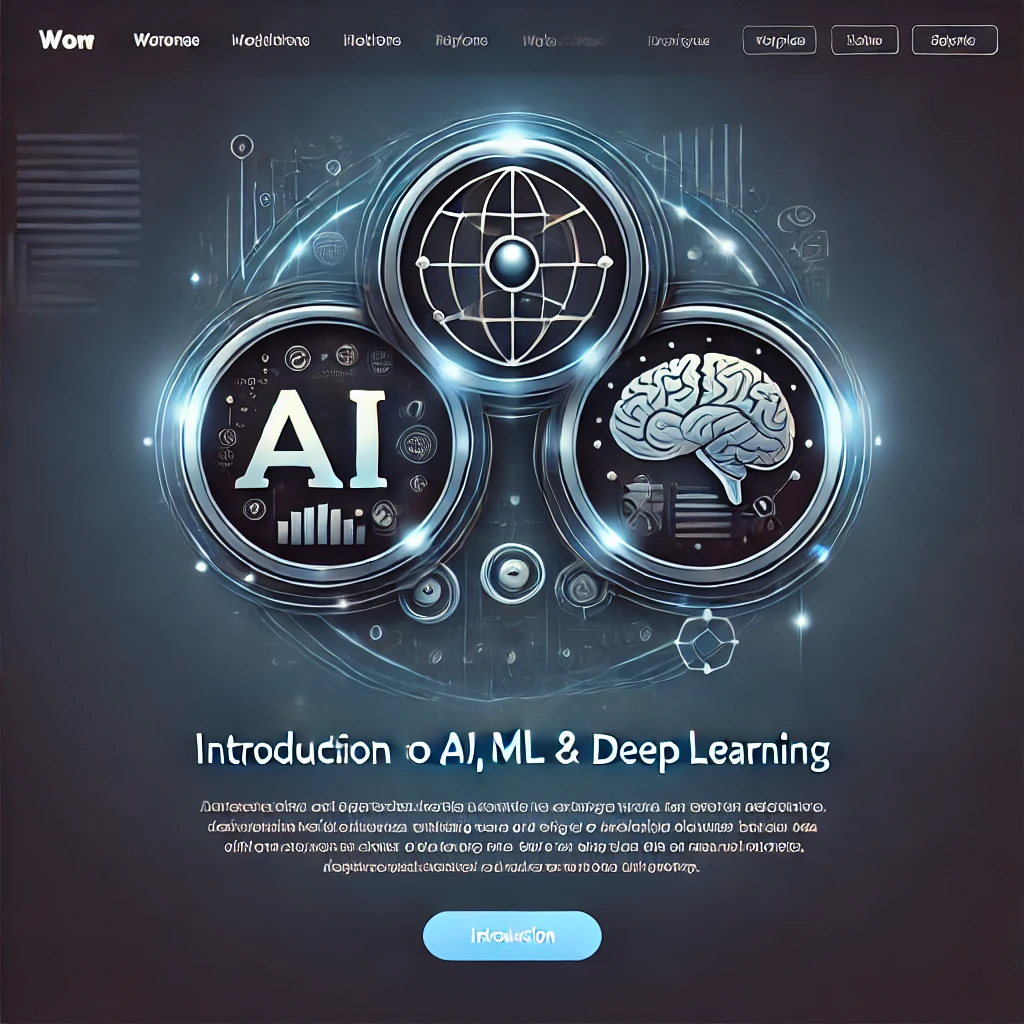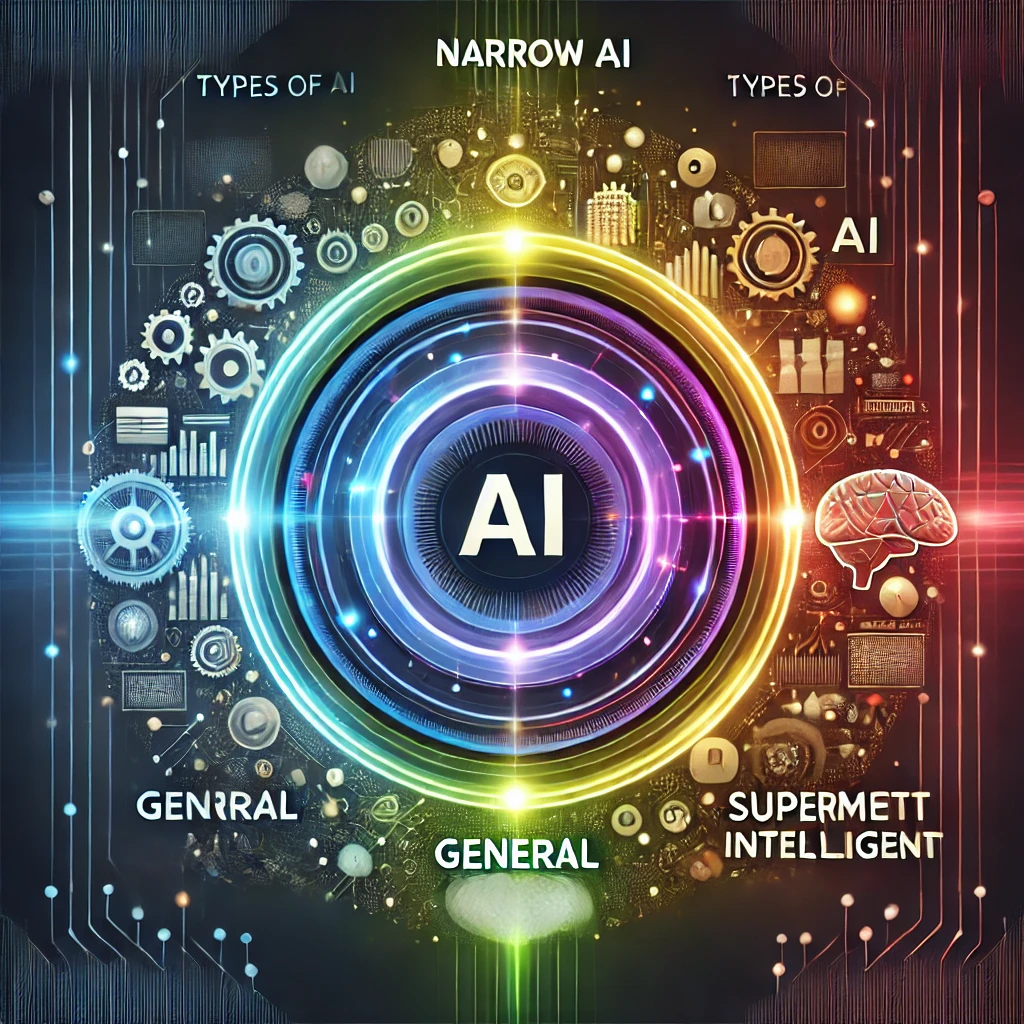Chatbots and Conversational AI: Building Intelligent Chatbots
This blog post delves into the exciting world of chatbots and conversational AI, exploring the tools and frameworks that can help in building intelligent chatbots. For businesses aiming to improve customer service and engagement, developing a capable chatbot is an effective strategy. In this post, we will explore popular platforms like Dialogflow, Rasa, and custom ML models to create powerful conversational agents.
What are Chatbots?
Chatbots are software applications that conduct conversations with users through text or voice interactions. They leverage natural language processing (NLP) techniques to understand user intent and respond appropriately. Chatbots can handle various tasks, from answering customer inquiries to facilitating purchasing processes. The versatility of chatbots makes them invaluable in numerous sectors, including:
- Customer Support
- E-commerce
- Healthcare
- Education
- Travel
The Rise of Conversational AI
Conversational AI refers to the technology behind chatbots that enables them to interact naturally with users. It combines NLP, machine learning, and deep learning to provide an engaging user experience. The need for 24/7 customer support and enhanced user interactions has led businesses to invest heavily in conversational AI technologies.
Benefits of Using Chatbots
- 24/7 Availability: Chatbots can assist customers at any time, ensuring that queries are replied to without delay.
- Cost Efficiency: Automating routine tasks with chatbots reduces the need for a large support team, cutting operational costs.
- Improved Customer Engagement: Chatbots can engage users with personalized conversations, leading to higher satisfaction rates.
- Data Collection: Chatbots can gather valuable user data, enabling businesses to make more informed decisions.
Popular Platforms for Building Chatbots
Various platforms facilitate chatbot development. Three noteworthy ones are Dialogflow, Rasa, and custom ML models. Let’s take a closer look at each.
1. Dialogflow
Dialogflow, developed by Google, is a powerful platform for creating conversational interfaces. It uses machine learning to understand user intent and can be integrated with multiple channels, including websites, mobile apps, and messaging platforms.
- Features:
- Natural Language Understanding (NLU)
- Contextual Awareness
- Multi-language Support
- Rich Fulfillment Capabilities
- Ideal for: Users who want a simplified approach to building chatbots with robust capabilities.
2. Rasa
Rasa is an open-source framework that allows developers to build contextual AI assistants. It is highly customizable and is suitable for more complex conversational flows.
- Features:
- Open Source
- Machine Learning-Based NLU
- Customizable Actions
- Integration with External APIs
- Ideal for: Businesses requiring flexibility and control over their conversational models.
3. Custom ML Models
For companies with specific needs, developing custom machine learning models can be the best approach. This method requires more resources and expertise but offers unmatched flexibility.
- Features:
- Tailored to Specific Business Needs
- In-depth Control Over Data and Privacy
- Integration with Proprietary Systems
- Advanced Analytics Capabilities
- Ideal for: Organizations with unique requirements and the capability to develop and maintain their own infrastructure.
Steps to Build an Intelligent Chatbot
Creating an efficient chatbot involves multiple stages:
- Define Objectives: Assess and outline the primary functions your chatbot should serve.
- Understand Your Audience: Research the demographics and preferences of your target users.
- Select a Platform: Choose the appropriate platform and technology stack based on your needs.
- Design Conversation Flow: Create various conversation scenarios and map out dialogue paths.
- Implement NLP: Leverage NLP techniques to enhance the chatbot’s ability to understand and generate natural language.
- Test and Iterate: Conduct thorough testing with real users, gather feedback, and make necessary adjustments.
- Deploy and Monitor: Once satisfied with its performance, deploy your chatbot and continuously monitor for improvements.
Conclusion
Chatbots and conversational AI represent an integral part of modern digital interactions. The choice between platforms like Dialogflow, Rasa, or custom ML models depends on the specific needs of a business. By understanding how to leverage these tools effectively, organizations can build intelligent chatbots that enhance customer engagement and streamline operations.




